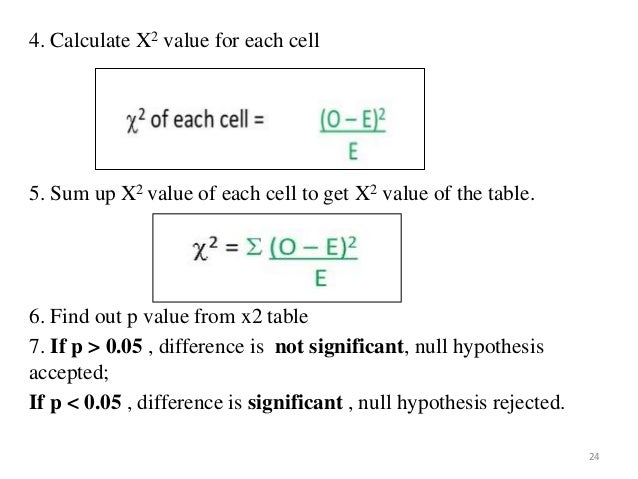

In sections below, we will explain to you how to use the value of the test statistic, z, to make a decision, whether or not you should reject the null hypothesis. However, if the sample is sufficiently large, then the central limit theorem guarantees that Z is approximately N(0,1). If our data does not follow a normal distribution, or if the population standard deviation is unknown (and thus in the formula for Z we substitute the population standard deviation σ with sample standard deviation), then the test statistics Z is not necessarily normal. As Z is the standardization ( z-score) of S n/n, we can conclude that the test statistic Z follows the standard normal distribution N(0,1), provided that H₀ is true.

+ x n follows the normal distribution, with mean n * μ 0 and variance n² * σ. In what follows, the uppercase Z stands for the test statistic (treated as a random variable), while the lowercase z will denote an actual value of Z, computed for a given sample drawn from N(μ,σ²). X̄ is the sample mean, i.e., x̄ = (x 1 +. , x n be an independent sample following the normal distribution N(μ, σ²), i.e., with a mean equal to μ, and variance equal to σ².


 0 kommentar(er)
0 kommentar(er)
